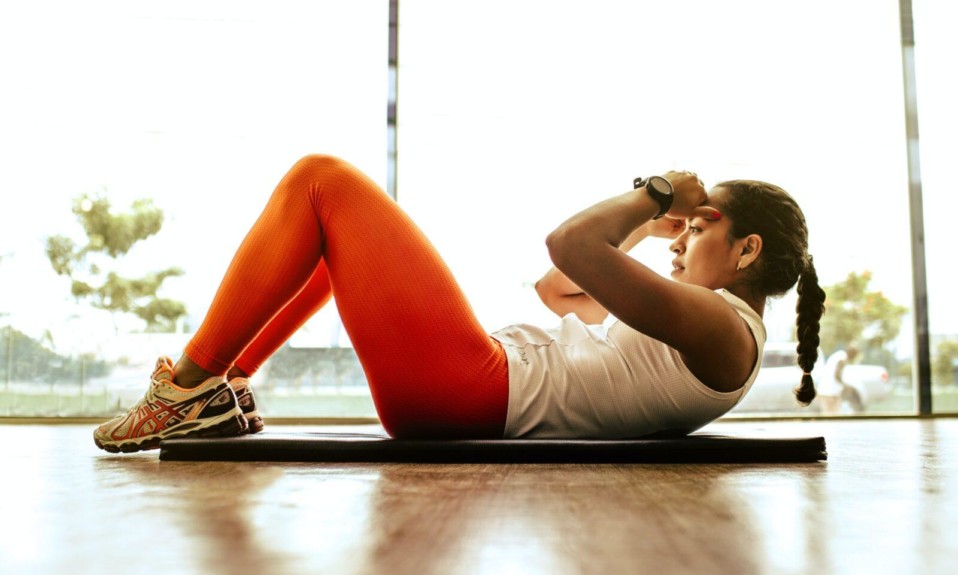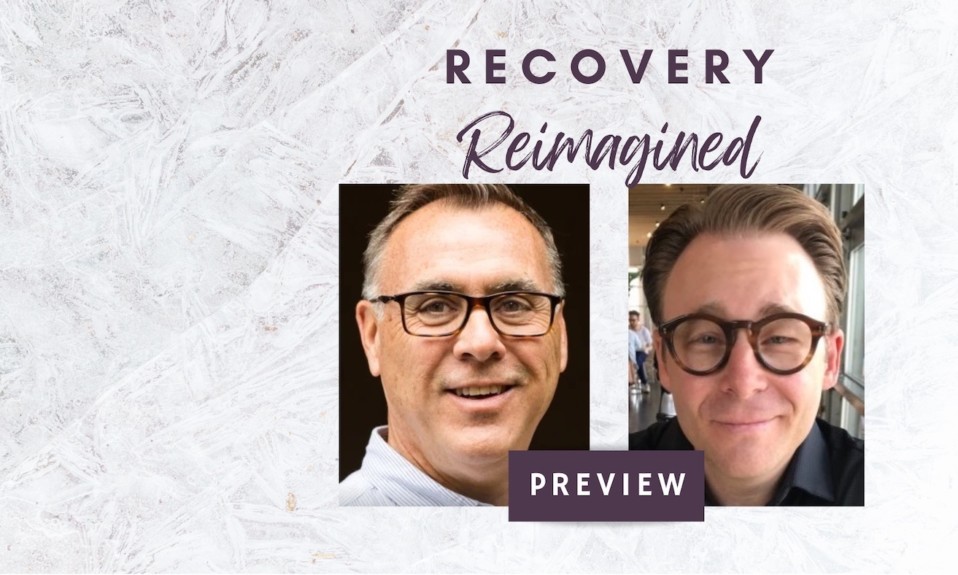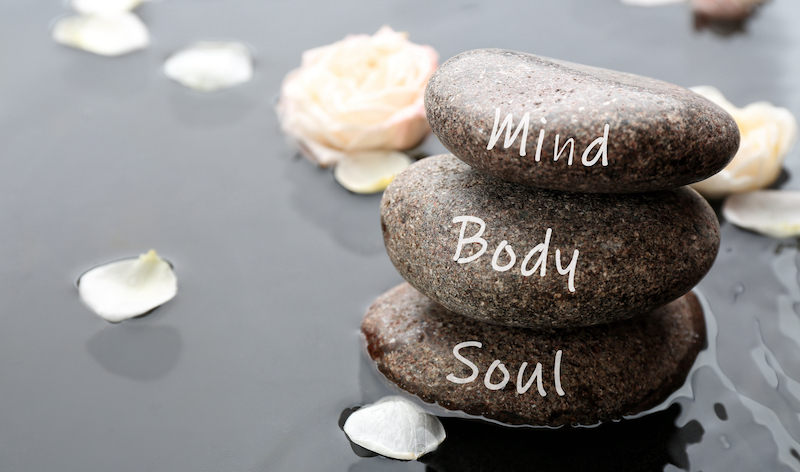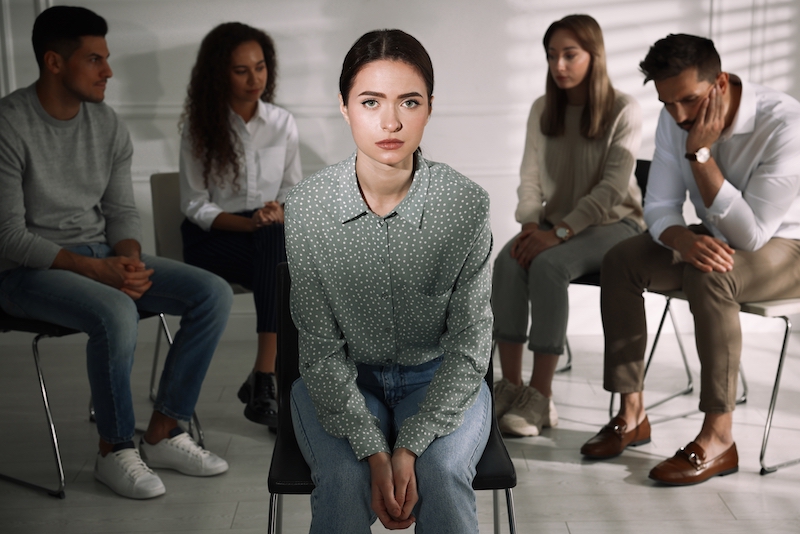New research by The Phoenix tallies the healing benefits of a sober active community model
By William Wagner
February 11, 2021For all the complexities surrounding addiction, sometimes the key to successful long-term recovery can be as simple as this: living a life rooted in robust fitness and meaningful social connectivity. And The Phoenix, a national addiction recovery organization headquartered in Denver, has sought to push out that reminder with a recently released white paper on physical activity and its role in recovery.
Titled Theoretical Framework and Impact of the Phoenix Sober Active Community Model and authored by two thought leaders from the nonprofit—deputy executive director Jacki Hillios, Ph.D., and evaluation manager Brett Wyker, MS—the internal research is intended to reaffirm the focus on physicality and community that has guided the free support service since it first opened its doors in 2006.
People need to heal in mind, body and spirit. It’s empowering to do anything that’s connecting your mind and body. But they [The Phoenix] also provide a community aspect. Those are two things that people with substance use disorder are lacking: feeling fit and healthy and being connected.”—Annie Peters, Ph.D., LP, director of research and education for the National Association of Addiction Treatment Providers
“We always have modeled what we thought our impacts would be,” Hillios says. “This internal analysis is sort of the first step in validating our model. Our hope is to be able to get this into the hands of other researchers so that we can engage some external research in evaluating our model as well.”
Following such analyses, The Phoenix would like to see treatment centers and recovery services throughout the space vigorously incorporate similar wellness models into their own programs.
“What it really means for treatment and other recovery services is there are some things we already know work,” Hillios says. “The Phoenix knew and other recovery services understood that meaningful activities like yoga, mindfulness and fitness have added benefits. Keep doing those things. And when you pair them with a community such as The Phoenix, the benefit is extended and intensified. There’s a ton of evidence now linking social recovery capital to improved outcomes for people in recovery.”
The Phoenix’s Addiction Recovery Findings
The Phoenix has built a network of community spaces throughout the country, where members work out together and safely socialize in order to, as founder Scott Strode puts it, “find that intrinsic strength again.” In their white paper, Hillios and Wyker pinpoint the following payoffs of physical activity within the context of a community:
• After three months of active engagement in The Phoenix, 87% of participants remained sober.
• Almost 90% of the members said they made strides in five key areas of long-term recovery (connection, hope, identity, meaning and empowerment).
• 70% of members who were new to recovery reported that they were motivated to stay sober.
• Of the participants who were new to recovery and experienced a relapse, 74% returned to sobriety.
Annie Peters, Ph.D., LP, director of research and education for the National Association of Addiction Treatment Providers (NAATP), isn’t surprised by those statistics. “People need to heal in mind, body and spirit,” she says. “It’s empowering to do anything that’s connecting your mind and body. But they [The Phoenix] also provide a community aspect. Those are two things that people with substance use disorder are lacking: feeling fit and healthy and being connected.”
The COVID-19 Effect on Recovery and Fitness
For a recovery service that relies so heavily on physical togetherness, the COVID-10 pandemic has presented formidable obstacles. The Phoenix, however, quickly developed a Zoom presence and, says Hillios, is now offering about 60 programs a week virtually.
“When COVID hit, it was a total shock to the system,” she says. “But we were able to build Zoom programs within three days of the initial stay-at-home order going into effect. It pushed us forward much more than we had imagined it would.”
But over the long haul, the virtual programming will be just a supplemental aspect, not the centerpiece, of what needs to happen at The Phoenix, as well as in other recovery programs. The staff at The Phoenix realized this early in the pandemic. Although the evidence was anecdotal, it was every bit as compelling as what came out of the white paper.
“In Orange County [in California], one of our staff drove to our gym just to check on it during the initial closures, and there was a gentleman outside doing burpees and running in place and working out,” Hillios says. “He needed to be close to what had kept him sober. It was a reminder to us that we’re not going to ever [permanently] replace our in-person programs with virtual.”
Source: Jonathan Borba














